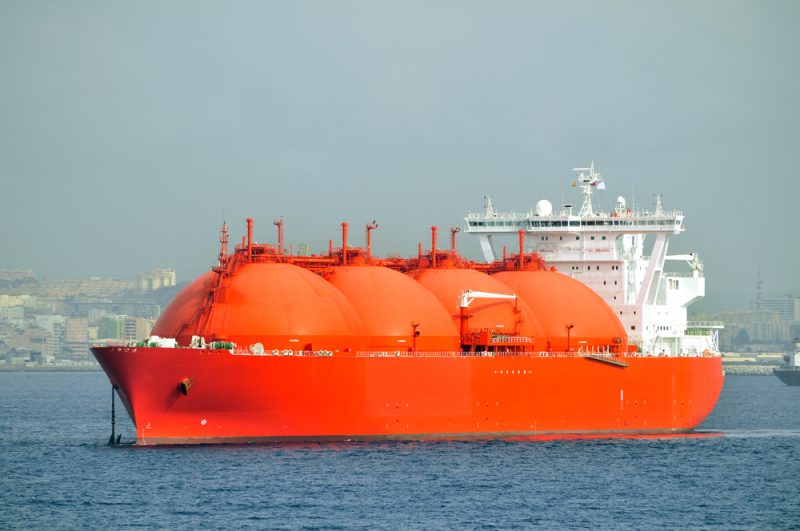New NARUC handbook assists regulators in navigating the liquified natural gas market

The National Association of Regulatory Utility Commissioners (NARUC) recently issued a new handbook for regulators to prepare them to understand the current liquefied natural gas (LNG) market, a tool they can use to promote dialogue among various stakeholders in their states.
“LNG: A Local Market–A Global Market, An Introductory Handbook for State Public Utility Commissioners” explains how regulators might find the fuel more economical than others, although liquified natural gas is not a fuel source that all commissioners deal with on a regular basis.
“Many of us are starting to see LNG used more routinely in our regions,” said Diane X. Burman,
Commissioner of the New York State Public Service Commission and co-author of the handbook. “Therefore, we are increasingly being called upon to carefully evaluate issues around the economics, the environment, power generation and cleaner fuels,” said Burman, who also serves as chair of NARUC’s Committee on Gas.
The United States consumed about 27 trillion cubic feet of natural gas in 2017, according to the U.S. Energy Information Administration. The nation is on track to produce 43 trillion cubic feet of natural gas by 2050.
LNG was consumed domestically in the Unites States up until a couple of years ago when two facilities — Cheniere Energy’s Sabine Pass LNG terminal in Louisiana and Dominion Energy Cove Point terminal in Maryland — began to export the fuel. A third to export is Cheniere’s Corpus Christi terminal in Texas, said Andreas D. Thanos, Policy Specialist in the Gas Division at the Massachusetts Department of Public Utilities.
“The market is a completely different market than nine years ago. It’s flipped,” said Thanos, who also co-authored the handbook. “It was an importing market, now it’s an exporting market.”
Regulators talk about LNG as part of the whole energy portfolio, an important fuel in the winter to meet global heating demand.
In addition, the maritime industry, part of a shipping industry that emits more carbon dioxide than all cars globally, has increased its purchase of U.S.-produced LNG.
LNG is a cleaner fuel in that 50 percent less CO2 is produced in the combustion process when compared to petrol or diesel, while the cooling process eliminates impurities.
LNG is seen offering benefits over coal, despite concerns that methane can leak when LNG is in production or being transported. “Perhaps 5 to 10 years ago that was a problem, but statistics have shown that despite the increase in natural gas consumption, there is a significant decrease in methane emissions,” Thanos said, adding that natural gas is the bridge fuel while renewable energy technology is further developed.
As for domestic consumption, Thanos, who is chair of NARUC’s Staff Subcommittee on Gas, hopes the manual can help regulators reflect on the economic benefits to their state, including tax revenue, that LNG provides.
This point is seemingly a contradiction as LNG is not inexpensive to produce, and the role of a regulator is to make sure at the federal and state levels that the natural gas delivered to the consumer is not only safe and efficient, but low in cost.
“That’s why there is a certain cost balance you have to calculate before you engage in LNG,” Thanos said.
